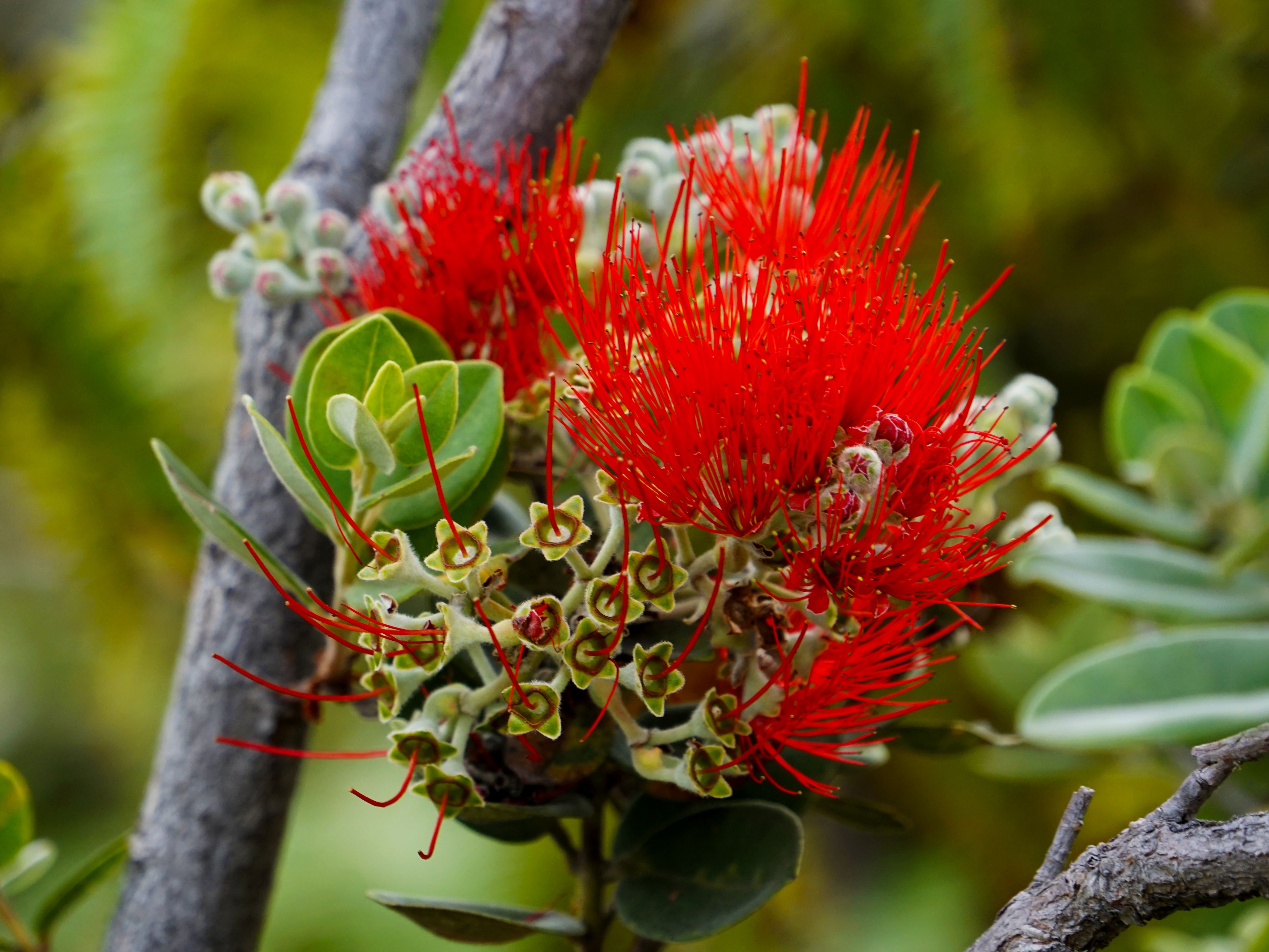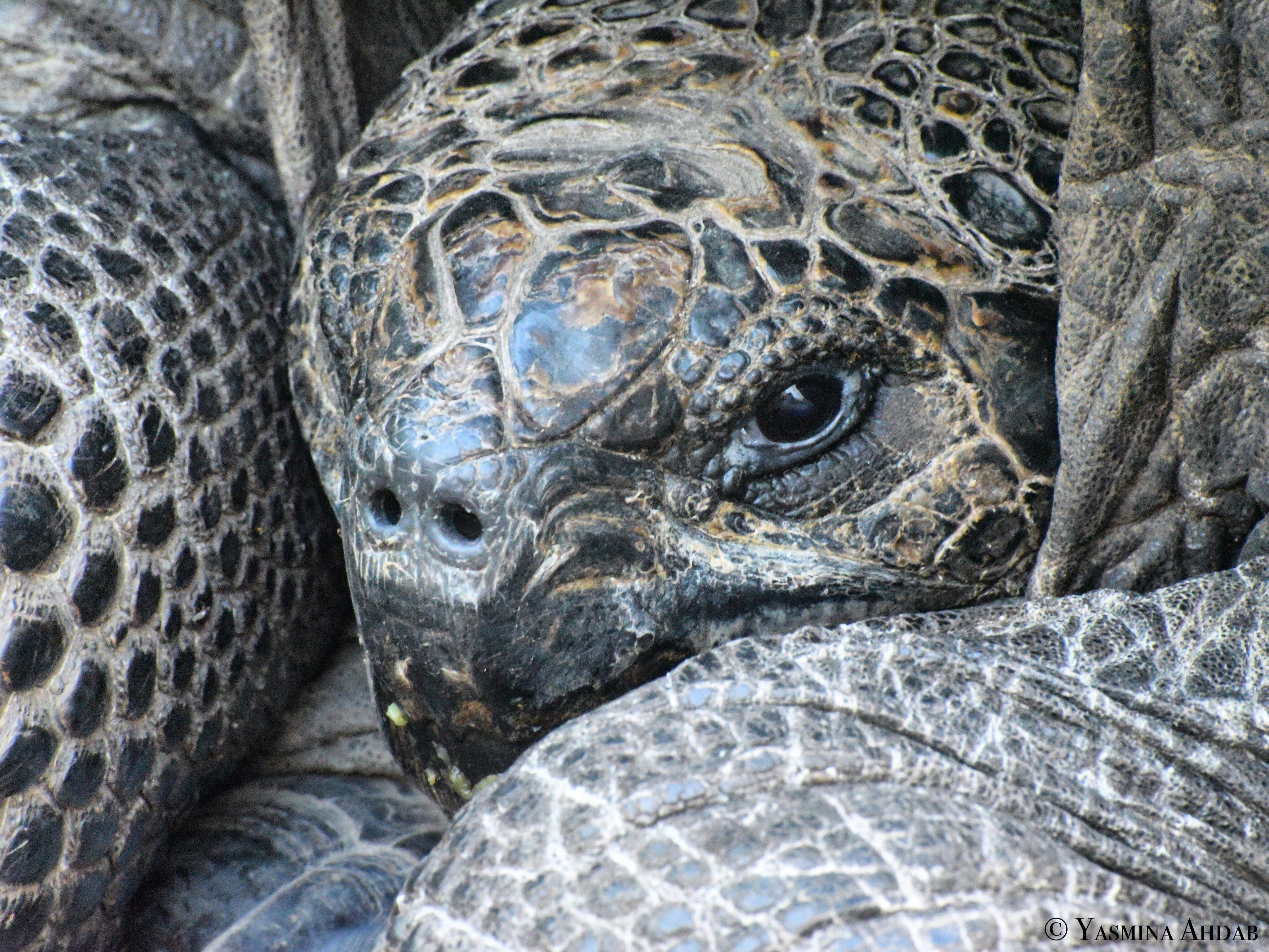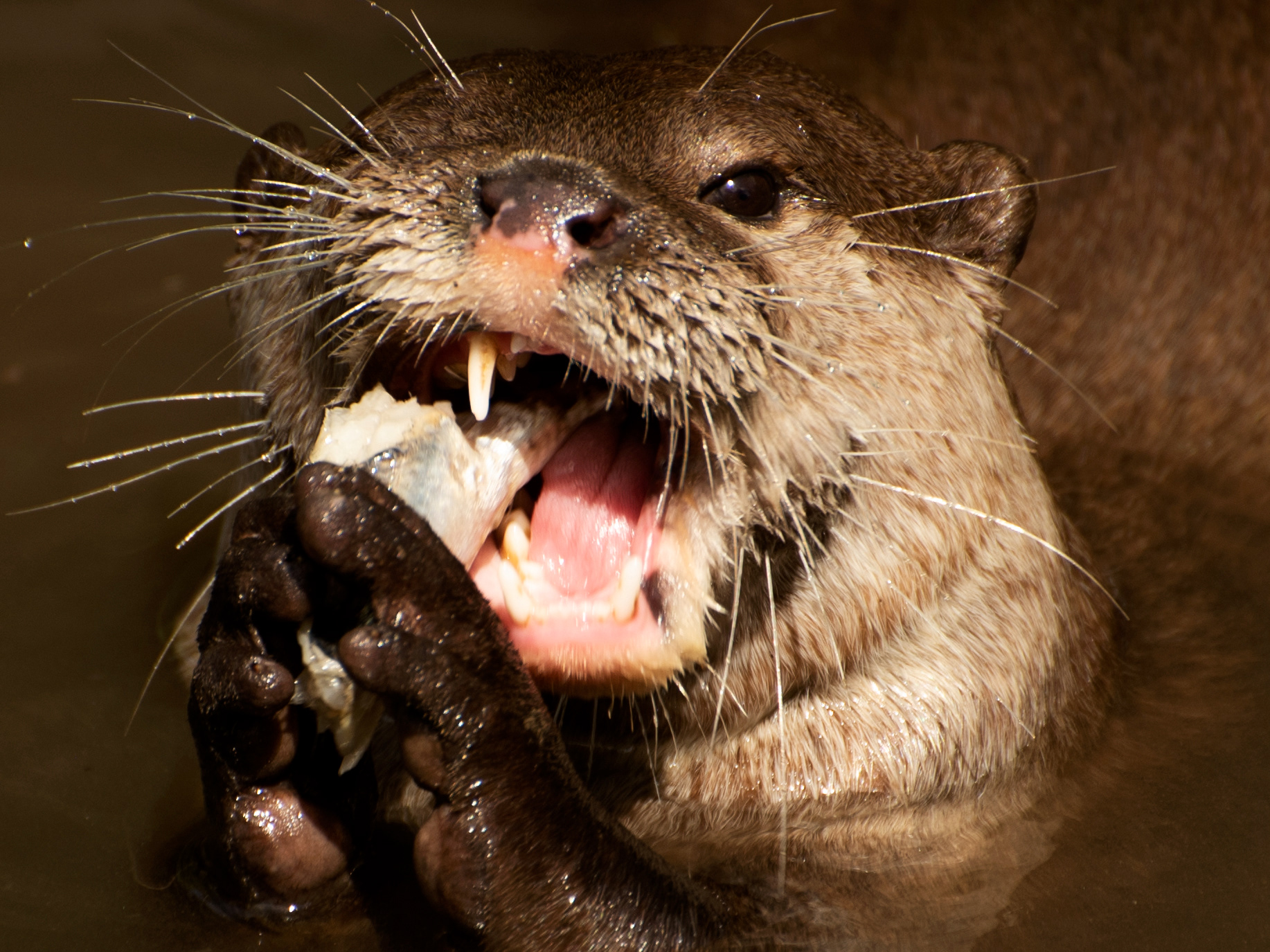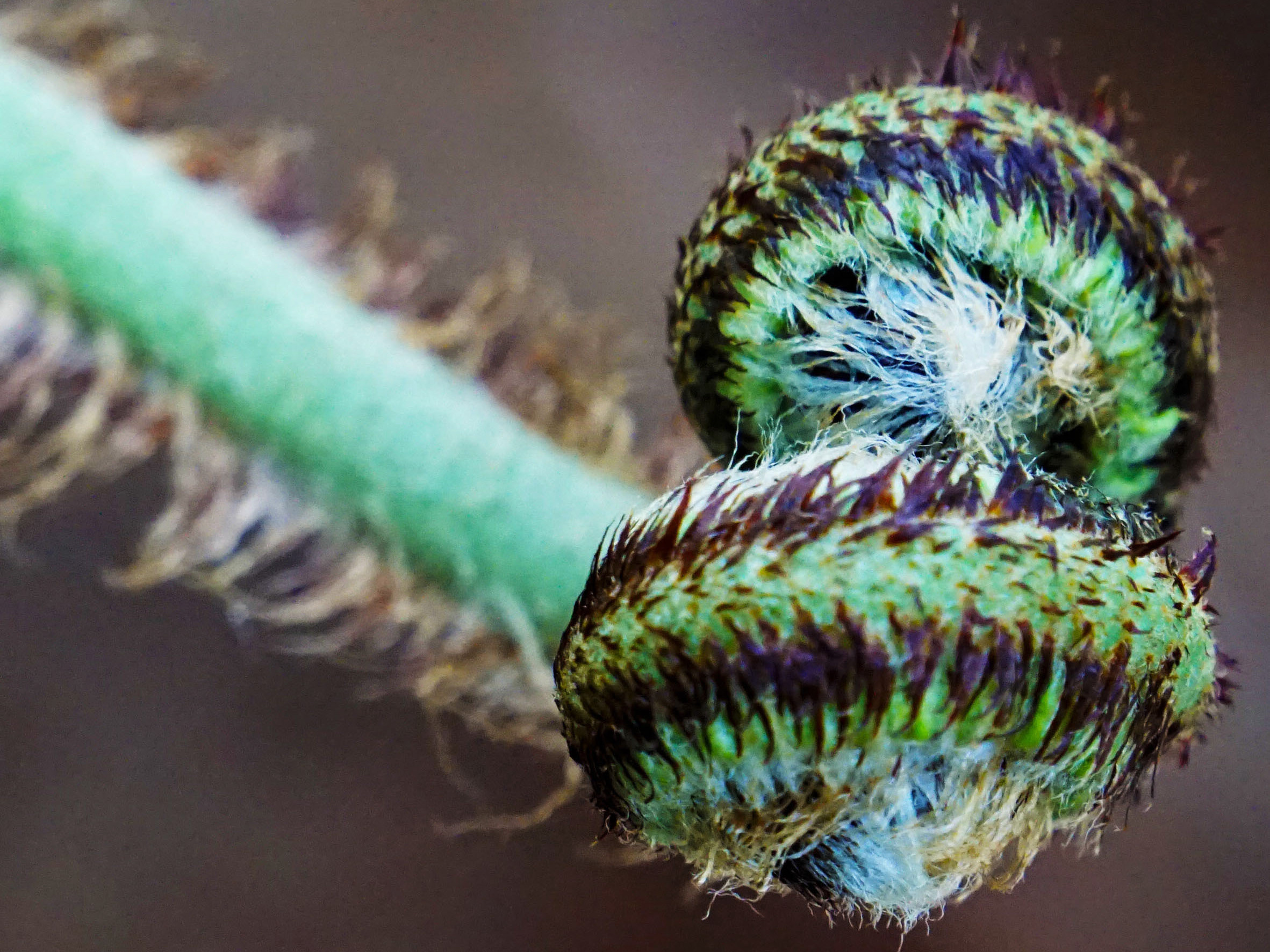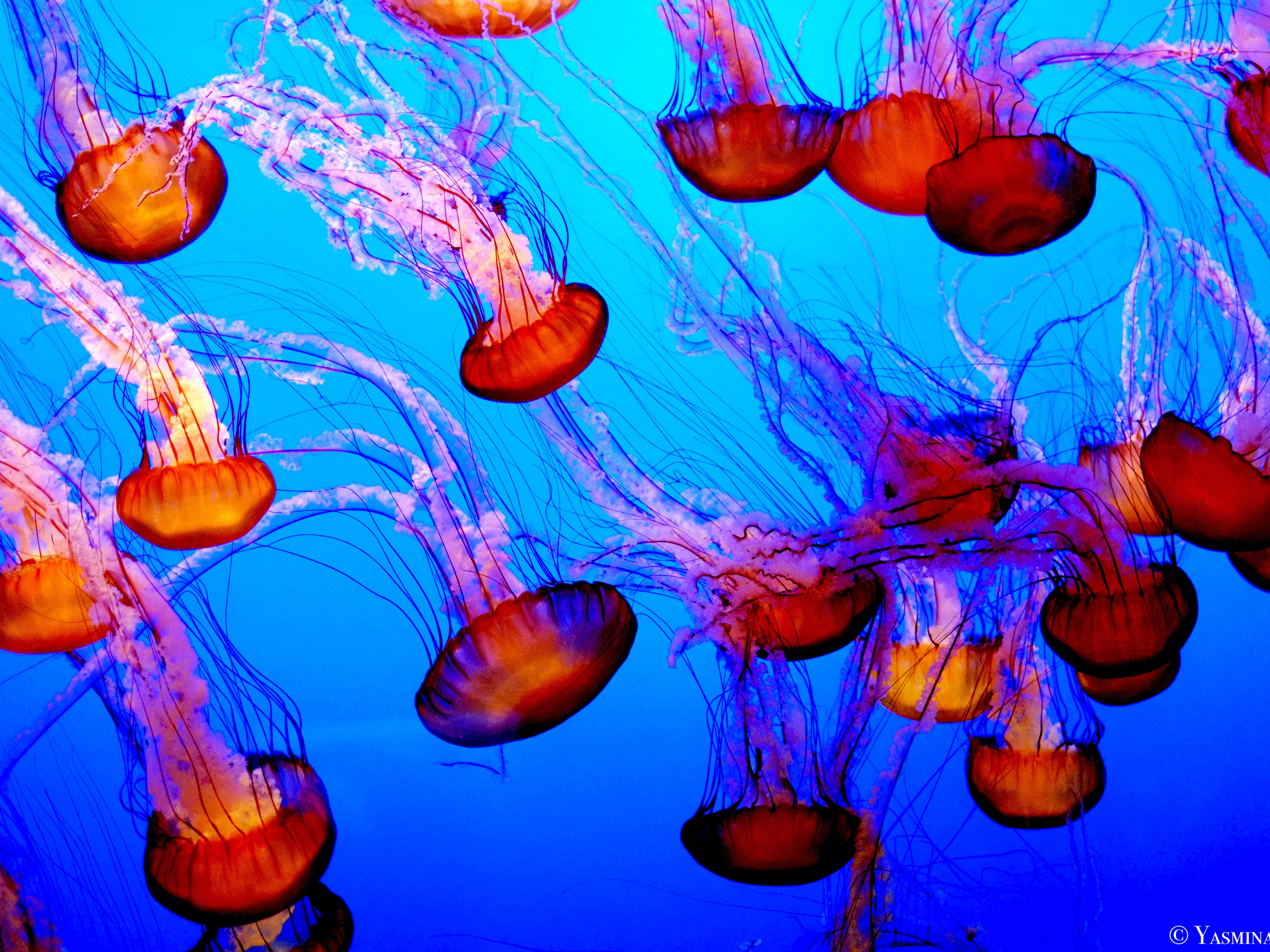Common Name: purple hibiscus; rose mallow; hardy hibiscus; rose of sharon; tropical Hibiscus
Scientific Name: Hibiscus
Plant Facts
The diverse Hibiscus genus consists of several hundred species which obtain large, distinct, trumpet-shaped flowers that vary in coloration from white to pink, purple, blue, orange, peach, or yellow. Hibiscuses or rose mallows are native to tropical, subtropical, and warm temperate areas. Shockingly, this radiant purple hibiscus was found amidst the chaotic city of Manhattan. Similarly to how humans are active during the day and sleeping during the evening, Hibiscuses open their leaflets during the day and close them at night. This is called nyctinasty and is accomplished through a circadian rhythm in which the hibiscuses respond to darkness and light.
Interaction with Humans
Hibiscuses are not at risk of extinction and are often glorified across various cultures. In Hinduism, the red hibiscus is the flower of the goddess Kali. It is often portrayed in artwork of the goddess and is used as an offering to her and another Hindu god, Ganesha. The rare and endemic yellow hibiscus is Hawai’i’s state flower, embodying royalty and communicated power and respect. Hibiscuses also have other uses, including tea, food, landscaping, paper, rope, and in folk medicine for its apparent effects on blood pressure. Furthermore, in the Philippines, hibiscuses are used by children to make bubbles! Their flowers and leaves are crushed to produce sticky juices and papaya stalks are then dipped into the juice so the children may blow bubbles.
Sources
• Da-Costa-Rocha, I., Bonnlaender, B., Sievers, H., Pischel, I., & Heinrich, M. (2014). Hibiscus sabdariffa L. – A phytochemical and pharmacological review. Food Chemistry, 165, 424–443. https://doi.org/10.1016/j.foodchem.2014.05.002
• Fouda, A.M., Daba, M.Y., & Dahab, G.M. (2007). Inhibitory effects of aqueous extracts of Hibiscus sabdariffa on contractility of the rat bladder and uterus. Canadian Journal of Physiology and Pharmacology, 85(10), 1020–31. https://doi.org/10.1139/Y07-093
• Haji Faraji, M. & Haji Tarkhani, A.H. (1999). The effect of sour tea (Hibiscus sabdariffa) on essential hypertension. Journal of Ethnopharmacology, 65(3), 231–236. https://doi.org/10.1016/S0378-8741(98)00157-3
• Hibiscus (National Gardening Association). Retrieved from https://garden.org/plants/group/hibiscus/
• Koukkari, W.L., & Hillman, W.S. (1968). Pulvini as the Photoreceptors in the Phytochrome Effect on Nyctinasty in Albizzia julibrissin. Plant Physiology, 43(5), 698–704. https:/doi.org/10.1104/pp.43.5.698
• Missionary Ships. (January 26, 1937). Shipping Wonders of the World (Part 51). Retrieved from https://www.shippingwondersoftheworld.com/missionrary-ships.html
• NDTV Food Desk. (November 5, 2018). Kali Puja 2018: Date, Puja time, Significance And Foods To Celebrate The Festival. Retrieved from https://www.ndtv.com/food/kali-puja-2018-date-puja-time-significance-and-foods-to-celebrate-the-festival-1943115
• Plants for a Future: Hibiscus rosa-sinesis. Plants for a Future. Retrieved from https://pfaf.org/user/Plant.aspx?LatinName=Hibiscus+rosa-sinensis
• The Times of India. (2021). Ganesh Chaturthi 2021: Quotes, wishes and messages which you can send to your family and friends on Vinayaka Chaturthi. Retrieved from https://timesofindia.indiatimes.com/life-style/events/ganesh-chaturthi-2020-quotes-wishes-and-messages-which-you-can-send-to-your-family-and-friends-on-vinayaka-chaturthi/articleshow/77677233.cms


